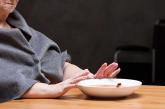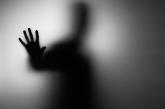Article

From smiling to smizing: Assessing the affect of a patient wearing a mask
- Author:
- Nada K. Abdallah, BS
- Dimitry Francois, MD
Although the guidelines for masking in hospitals and other health care settings have been revised and face masks are no longer mandatory, it is...
Article

Food for thought: Dangerous weight loss in an older adult
- Author:
- Margaret Herre, PhD
- Kevin H. Yang, BS
- Dimitry Francois, MD
CASE Fixated on health and nutrition
Ms. L, age 75, presents to the...
Article

Elaborate hallucinations, but is it a psychotic disorder?
- Author:
- John Wang, MD
- Dina Patel, MD
- Dimitry Francois, MD
Mr. B, age 93, has recurrent visual, auditory, and tactile hallucinations involving a man named ‘Harry,’ but no other psychotic symptoms. What...
News
How to document SUICIDE risk
- Author:
- Dimitry Francois, MD
- Elizabeth N. Madva, BA
- Heather Goodman, MD
News
Epilepsy or something else?
- Author:
- Dimitry Francois, MD
Ms. T, age 20, has a history of trauma and mood problems. She has seizure-like episodes but EEG and other tests do not find a cause. How would you...
News
The hidden danger of hand sanitizer
- Author:
- Dimitry Francois, MD
